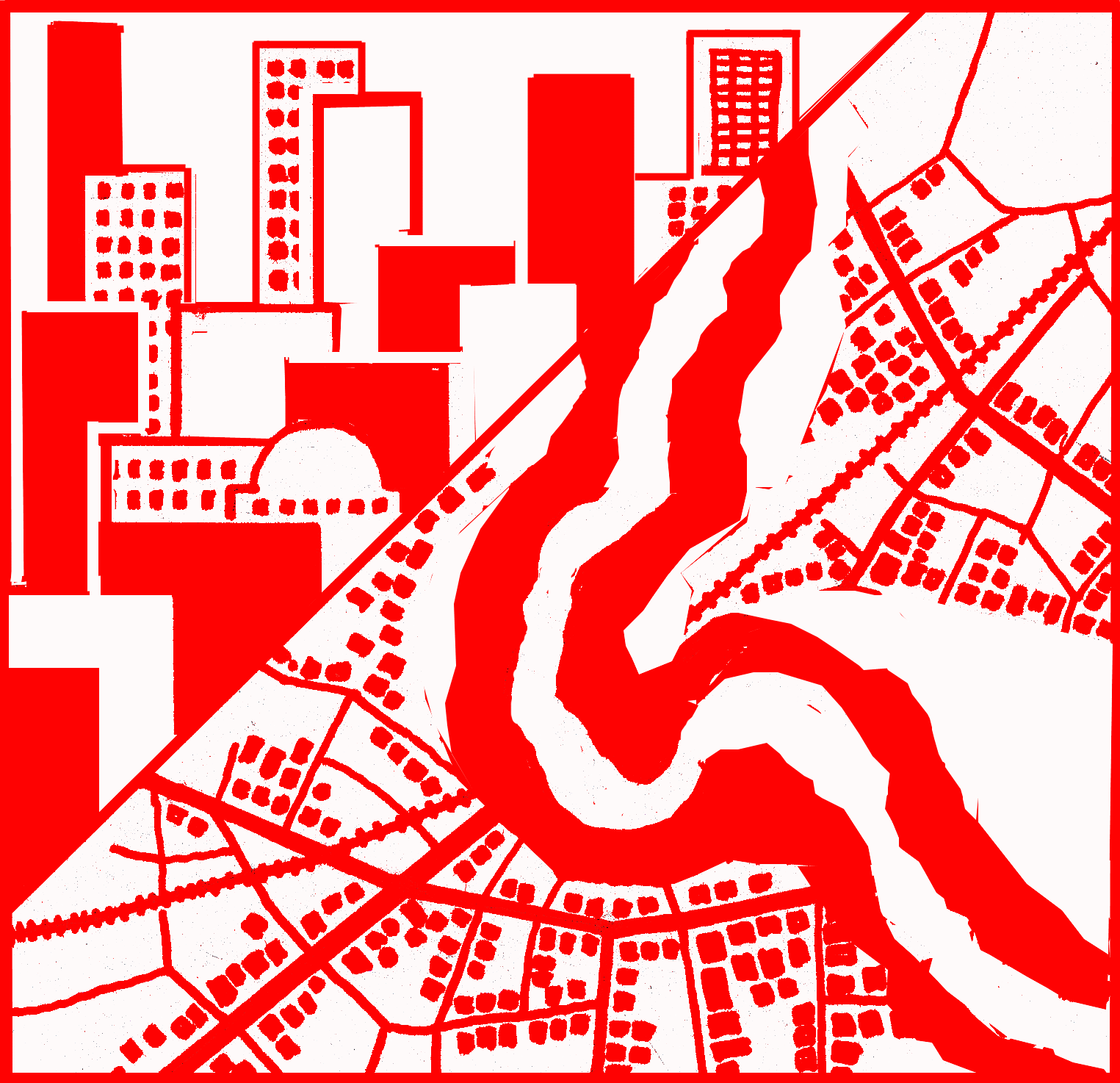|
From the ADPC Executive Director's Desk ...
Editor's Corner...
Book Review...
ASEAN Regional Forum...
From Latin America

Theme

AUDMP - making cities safer

From the grassroots

duryog nivaran

IDNDR news

Bookmarks

WWW Sites
|

|
From the grassroots...
Retrofitting After or Before Disaster
| Retrofitting of existing houses is, without doubt, economically the most viable option for improving vulnerable buildings in disaster prone areas. However, more often than not, community support for such measures is usually very low until after a disaster strikes. In the immediate aftermath there is an opportunity to propagate ideas for building improvement through retrofitting in less affected or adjoining vulnerable areas. This article attempts to capture experiences from the retrofitting programs initiated after the earthquake of 30 September 1993 in Maharashtra, India. Retrofitting was identified as one of the components of the World Bank funded rehabilitation program that the State Government took up. This applied primarily to the non-engineered traditional and conventional houses built by the people and local building artisans.
|
| There are three inter-related steps to ensuring the success of
reconstruction programs: creating awareness, physically demonstrating the options and creating
a delivery mechanism |
However, in implementation, retrofitting met resistance at every conceivable level in the formal as well as informal channels. The fundamental problem was of a lack of confidence in the traditional non-engineered construction systems. A general feeling that prevailed among the communities was that the houses shaken up by the quake, and by the tens of small and big tremors that had preceded it, were simply unfit for any "patching up". The government engineers, many of whom hailed from the affected villages, were in the same boat. Their conventional engineering education, which focused mainly on cement and steel construction, termed traditional construction as obsolete and destined to be discarded. Their off-the-cuff remarks further dissuaded the disheartened and scared villagers. The net outcome of this was that no more than 2% of over 200,000 houses, which were under the purview of the program, opted for retrofitting. The Ahmedabad Study Action Group (ASAG), which was the only group that focused its efforts on retrofitting, gathered a substantial valuable first-hand experience that needs to be looked at.
One of the most important lessons was that in order to make it workable and financially viable, the retrofitting scheme for each individual house can be planned in stages, around the availability of money, materials and time. But it is important to design the program in such a way that at the household level, the priority
|
| assigned to this does not get eroded. Financial assistance in the form of low interest loans can greatly help this process.
There are three inter-related steps to ensuring successful implementation of a retrofitting program:
- creating awareness of retrofitting in the vulnerable community,
- physically demonstrating this option on buildings with a variety of construction systems and, to the extent possible,
- creating the delivery system.
All these activities are very much inter-related. It is necessary to address all three to prevent the proverbial "chicken and hen" situation. After all, "seeing is believing". People have to see the actual demonstrations to understand the concept. And without creating awareness it is not possible to create a demand for this option, in the absence of which, building artisans can not get to do this type of work. So they can not build experience and their own confidence, which is the most crucial link in the delivery system.
Retrofitting is a new concept for people when it comes to houses. It is necessary to create awareness of the existence of this option followed by creating confidence in it. This has to be done through a variety of communication media ranging from very basic things like posters to hi-tech electronic media depending upon the latest computerized animation. Mass media has a major role to play in bombarding the public with appropriate messages. But this does not in any way preclude confidence building at an individual and group level by individual facilitators affiliated with NGOs. The confidence building process requires two-way communication since the final shaping of the process may depend upon feedback from the people. In rural communities, this is effectively done through group meetings.
The technology of retrofitting the buildings, especially the non-engineered ones, is easy and proven. The real bottleneck, however, consists of ignorance. Removing this bottleneck is a slow process that requires long-term commitment, especially from the government and also the NGOs working with the vulnerable communities. Only sustained efforts in this direction will show the desired results.
|
|
Maharashtra Emergency Earthquake Rehabilitation Programme
The state of Maharashtra, India experienced a devastating earthquake in September 1993. In the worst-affected districts, 7,928 people died and 16,000 were injured. The property loss was estimated in excess of Rs. 11 billion. After the earthquake, the Government of Maharashtra (GOM) drew up the Maharashtra Emergency Earthquake Rehabilitation Programme (MEERP), in consultation with the Government of India, the World Bank and other stakeholders. It has become the country’s most demonstrable example of a successful post-disaster reconstruction program.
GOM decided to relocate the worst damaged villages, involving the construction of 27,919 houses. Construction and engineering consultants were appointed for the design of village layout and houses, tender documentation, supervision and billing. Rural resettlement planners worked with the engineering consultants in preparing village layouts. Community participation consultants joined the planning process by drawing in the villagers. For the first time, social and community aspects of housing were subsumed into the role of engineering consultants, widening the consultative process and bringing together different perspectives on rehabilitation.
In the owner-driven Reconstruction, Repairs and Strengthening program, GOM acted as a facilitator instead of an implementor. Beneficiaries carried out reconstruction with GOM support, and became conscious of their entitlements and the rehabilitation process. Accessing and motivating almost 200,000 beneficiaries required a multi-pronged effort, including local banks, material depots, contracted engineers and information dissemination. MEERP was an experiment with community participation in a social activity organized on a consultancy basis. A feature of MEERP was the appropriation of seismic technology into the local popular building lexicon. Technical terms - bands, corner stones, through stones - became commonly used. GOM took steps to institutionalize such learning through training programs, posters, pamphlets and manuals.
MEERP's greatest contribution was the disaster management plan. It was the first rehabilitation program supported by a document with objectives and strategy, and that spelt out beneficiaries' entitlements. MEERP's success may be attributed to a well-defined policy framework, strong project management, dissemination of technical guidelines, secure financial allocation, and people's participation.
Krishna S. Vatsa was MEERP Deputy Secretary from September 1995, and involved with all aspects of MEERP's reconstruction and disaster management plan.
Rehabilitation and Reconstruction in Post-conflict Situations:
The Liberian Case
Conflicts are man-made disasters that differ from natural ones. In the Disaster Cycle, 'preparedness for relief' and 'mitigation and prevention' in natural disasters are government administrative issues; in conflicts they are political and military. Peace after a conflict is the result of political negotiation, often with the international community's help. The government starts to rebuild its institutional and political framework. Little attention is paid to reconstruction, apart from care for remaining settlers, displaced persons, refugees or ex-combatants who themselves have to initiate resettlement, reintegration, reconstruction and rehabilitation. The international community can also assist them through both UN agencies and NGOs.
In Liberia, peace was obtained after seven years of conflict. UNDP designed a project which helps communities rebuild and address their immediate needs through micro-projects that restore basic social services in the areas of health, education, water supply, sanitation and agriculture. The objective is to encourage local initiatives in response to locally identified needs – the core of the peacekeeping process - and support local capacity-building. Overall coordination is the responsibility of a broad-based national committee chaired by the Minister of Planning. The project is implemented by UNOPS through a decentralized system of county-based Area Reintegration and Development Units (ARDU), managed and supported by the Monrovia UNOPs office. ARDUs work with communities to identify, develop and monitor micro-projects, with engineering, health, community development and agronomy staff. The coordinating team is prepared to form the future administration of the county authorities.
The micro-projects have limited time frames, low budgets and specific outputs. During the first stage of implementation, they concentrate on reconstruction and rehabilitation of schools, clinics, roads and bridges, wells and latrines, and agriculture in areas of anticipated high return of displaced individuals. Later, they support 'social programs' and local governments. To ensure the success of the micro-projects, a community-based, demand-driven approach is utilized, thus placing the responsibility and commitment in the community, with a long-lasting impact on the re-establishment of community services.
|
|



![]() To get announcements whenever this page is updated, please subscribe to adpc-announce-subscribe@egroups.com
by sending a blank email.
To get announcements whenever this page is updated, please subscribe to adpc-announce-subscribe@egroups.com
by sending a blank email.